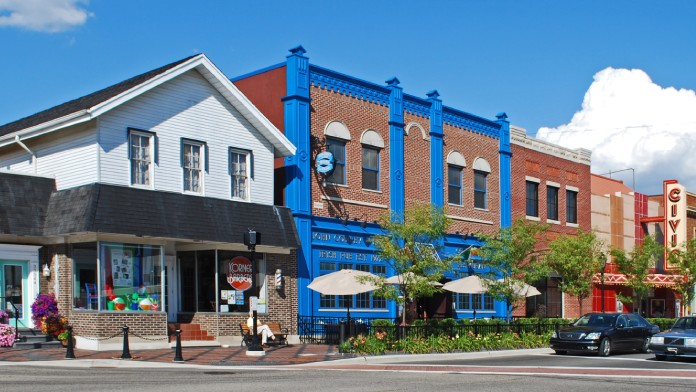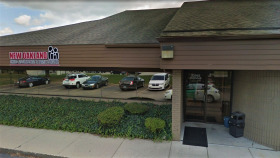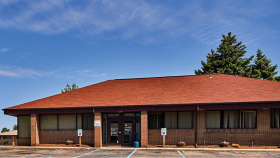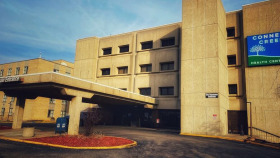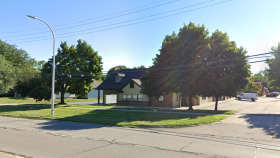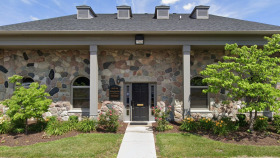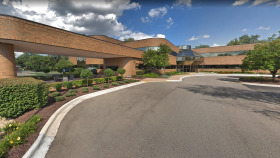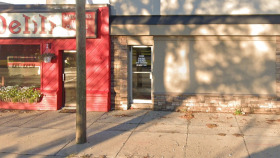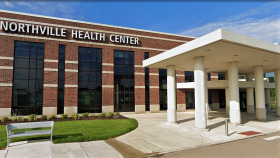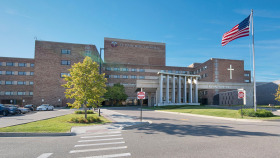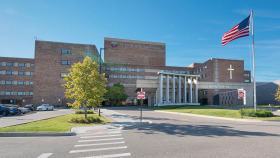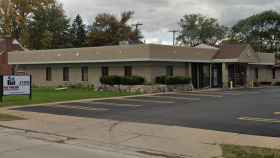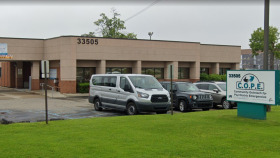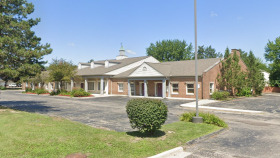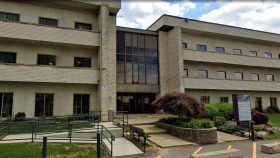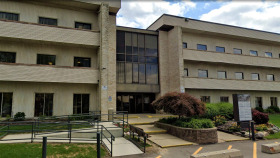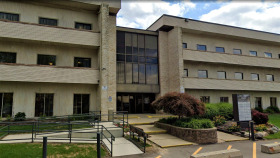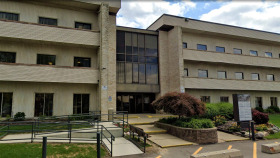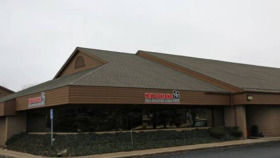Alcohol and Drug Use Statistics in Farmington, MI
The following statistics reflect recent trends in substance use in Oakland County, MI:1,2
- 257 opioid-related hospitalizations occurred in 2017.
- In 2018, there were 1,058 alcohol-involved traffic crash deaths.
- 5,720 residents were treated in outpatient rehab in 2017.
- Among treatment recipients in 2019, alcohol was the most widely reported primary substance of abuse (41% of admissions).
- Around 33% of individuals reported heroin as the primary substance for which they sought treatment in 2019.
- 4.7% of individuals treated for SUD in 2019 reported marijuana as their primary drug of use.
- 84% of individuals treated for heroin abuse in 2019 were Caucasian.
- More than 743,000 opioid prescriptions were filled in 2016.
Levels of Substance Abuse Treatment
Addiction needs vary by person and situation. The following levels of treatment are available to meet these various needs.
Alcohol and Drug Detoxification
Before beginning a formal inpatient or outpatient program, detox is often necessary. This is the process of safely and comfortably removing drugs or alcohol from your system. Detox occurs in a supervised setting, such as a hospital or inpatient rehab center.
Inpatient Drug and Alcohol Rehab
Residential or inpatient treatment provides 24/7 supervised care while you live at the rehab facility. A combination of treatment interventions is offered, including individual and group therapy, nutritional counseling, experiential therapies, and medication.
Partial hospitalization programs (PHPs)
PHPs allow you to live at home while attending treatment at a hospital. You may receive many of the same treatment services offered through inpatient care, but you can return home during non-treatment hours.
Intensive Outpatient Programs (IOPs)
IOPs are a step down from PHPs. With this program, you attend a few hours of counseling over several days each week while spending the rest of your time at work, school, or fulfilling other obligations.
Standard Outpatient
As the least intensive treatment option, standard outpatient care involves just one to two hours of treatment per week. This level is appropriate for highly motivated people with a strong support system.
Relapse Prevention
Relapse prevention, also referred to as aftercare, begins when you complete a rehab program. It involves ongoing support to encourage continuing sobriety. Supports typically include 12-step groups, therapy, sober living homes, or other accountability.
Travel to and Within Farmington, MI
If you will be traveling for alcohol and drug rehab in Farmington or visiting a loved one currently undergoing treatment at a Farmington drug and alcohol rehab, here are some valuable tips to guide your travel plans.
- The closest airport for flights to Farmington is Detroit Metropolitan Wayne County Airport, 27 miles away.
- Farmington is served by SMART bus service. Fares are $2.00, or $0.50 for seniors and those with disabilities.
- Farmington is considered bikeable and very walkable. Uber and Lyft services are also available to get around town by car.
- Multiple hotel chains have locations in and around Farmington, clustered around the Interstates 275 and 696 corridors.
- Crimegrade.org gives Farmington an “A” overall crime grade. The city ranks in the 86th percentile for safety, meaning only 14% of U.S. cities are safer than Farmington. Locals consider the southwest part of the city to be the safest.
- Great day trip options from Farmington include Frankenmuth, Ann Arbor, Detroit, and Lexington, MI.
Resources
- Oakland County opioid initiative. (n.d.). Retrieved December 7, 2022, from https://accessoakland-oakgov.opendata.arcgis.com/pages/oakland-county-opioid-initiative
- Burk, C. (2020). OCHN 2021-23 substance use disorder strategic plan. https://www.oaklandchn.org/DocumentCenter/View/581/2021-2023-Substance-Use-Disorders-SUD-Strategic-Plan-PDF
- FarMIngton, MI drug-related crime rates and maps. (n.d.). CrimeGrade.Org. Retrieved December 14, 2022, from https://crimegrade.org/drug-crimes-farmington-mi/

